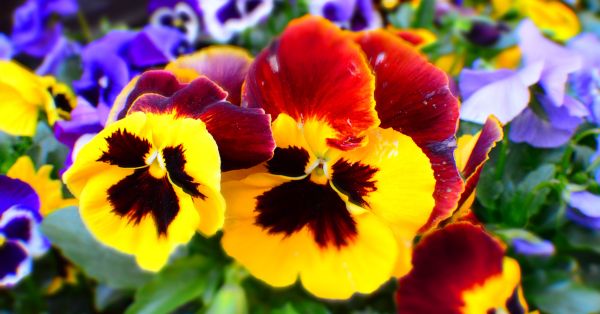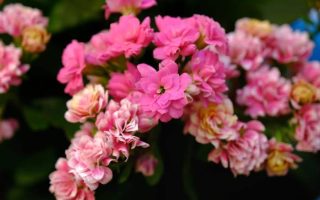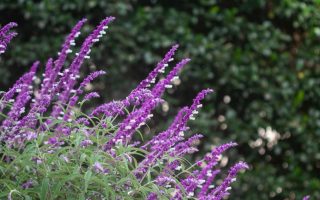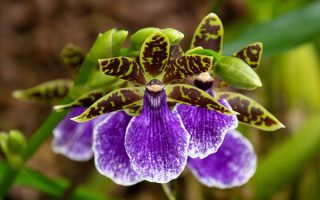marwaarsanios.info – The Wild Pansy (Viola tricolor), also known as the Heartsease, is a small, vibrant flower native to Europe and parts of Asia. Celebrated for its delicate, multi-colored petals and resilience in diverse environments, the Wild Pansy has earned its place as a beloved wildflower and a symbol of natural beauty. With its cheerful blooms and adaptability, this flower thrives in various habitats, including fields, meadows, and even cracks in pavements. Often regarded as a symbol of love, admiration, and remembrance, the Wild Pansy is more than just a pretty flower—it’s an enduring symbol of nature’s elegance and resilience.
Appearance and Characteristics
The Wild Pansy is a low-growing, herbaceous perennial that typically reaches a height of 6 to 12 inches (15 to 30 cm). Its heart-shaped leaves are dark green and often have slightly jagged edges. The plant produces striking, five-petaled flowers that are usually a combination of purple, yellow, white, and blue, with distinct dark markings at the center. These vivid colors make the flower easily recognizable and give it a cheerful, whimsical appearance. The petals are typically arranged in such a way that the flower appears to “smile,” with the lower petal forming a “mouth” and the upper petals forming the “eyes.”
The Wild Pansy blooms primarily in the spring and early summer, producing flowers that attract a variety of pollinators, including bees, butterflies, and other insects. The blooms are usually about 1 to 2 inches (2.5 to 5 cm) across and appear in clusters at the top of the plant. After blooming, the plant produces small seed pods that contain the seeds, which can easily spread in the wind or by other natural means.
Habitat and Distribution
The Wild Pansy is native to the temperate regions of Europe and Asia but has also become widely naturalized in North America and other parts of the world. It prefers well-drained, slightly acidic to neutral soils and thrives in areas with ample sunlight. Wild Pansies can be found in a variety of habitats, including meadows, grasslands, woodland edges, and road verges. It is also common in disturbed areas, such as farmland and garden beds, where the plant’s seeds may have been introduced.
Due to its hardiness and ability to adapt to different growing conditions, the Wild Pansy can often be found growing in unexpected places, such as along the edges of trails or in cracks in pavement. This adaptability to a wide range of environments has contributed to its success as a wildflower in many regions.
Ecological Importance
The Wild Pansy plays an important role in local ecosystems, primarily by attracting pollinators. Its colorful flowers and sweet nectar are particularly attractive to bees and butterflies, which help ensure the plant’s continued reproduction. As a member of the Viola genus, which includes other well-known plants like the garden pansy, the Wild Pansy is an essential part of many ecosystems, supporting biodiversity by providing a food source for pollinators.
Additionally, the Wild Pansy is a host plant for certain species of butterflies, such as the Common Blue (Polyommatus icarus) and the Pansy Butterfly (Junonia almana), which lay their eggs on the leaves of the plant. Once hatched, the caterpillars feed on the leaves, completing their life cycle.
Because of its wide distribution and ability to grow in a variety of environments, the Wild Pansy also contributes to soil stabilization in areas that are prone to erosion, such as embankments and bare soil patches. This resilience makes it an important plant for maintaining ecosystem health.
Growing and Caring for Wild Pansy
The Wild Pansy is an easy-to-grow flower that thrives in many garden environments. It is well-suited for wildflower gardens, rock gardens, and even container plantings. If you are interested in cultivating Wild Pansy flowers in your garden, here are some essential tips for care:
- Light: Wild Pansies prefer full sun to partial shade. They will bloom most profusely in sunny locations but can tolerate some light shade, especially in hotter climates. A spot that receives 4 to 6 hours of sunlight each day is ideal.
- Soil: Wild Pansies prefer well-drained, slightly acidic to neutral soil. They will grow in a variety of soil types but do best in soils that are not too rich or overly fertile. It is important to ensure the soil does not retain too much moisture, as this can cause the plant to become susceptible to rot.
- Watering: While Wild Pansies are fairly drought-tolerant once established, they benefit from regular watering during dry spells, particularly when they are actively blooming. Water the plant at the base, being careful not to wet the leaves or flowers, as this can lead to fungal diseases.
- Temperature and Climate: Wild Pansies are hardy plants that can tolerate a range of temperatures. They are typically hardy in USDA zones 4 to 9, meaning they can survive cold winters in most temperate climates. In warmer climates, they may act as annuals, while in cooler regions, they are more likely to behave as perennials.
- Propagation: Wild Pansies can be propagated from seed or by dividing established plants. To propagate by seed, simply sow the seeds in early spring or late fall in a cold frame or greenhouse. The seeds will often germinate without much fuss, as long as they are kept in a cool, moist environment. If propagating by division, dig up an established plant and separate the root clumps into smaller sections before replanting.
- Pruning: Deadheading spent flowers can help encourage new blooms and keep the plant looking tidy. Wild Pansies do not require much pruning, but cutting back any leggy or overgrown stems will help maintain their shape and promote healthy growth.
Medicinal and Cultural Significance
The Wild Pansy has been used for medicinal purposes for centuries, particularly in traditional herbal medicine. It is thought to have mild anti-inflammatory and soothing properties and has been used to treat conditions such as skin irritations, coughs, and sore throats. While it is not commonly used in modern herbalism, the plant’s long history of medicinal use demonstrates its value in traditional remedies.
In addition to its medicinal properties, the Wild Pansy is rich in symbolism. The flower is often associated with love, admiration, and remembrance, making it a popular flower in bouquets and floral arrangements. In the language of flowers, also known as floriography, the Wild Pansy is often used to convey messages of affection and loyalty.
The Wild Pansy also has literary significance and has been featured in works of art, poetry, and folklore. Its vibrant colors and delicate form have inspired artists and writers for centuries, further solidifying its place in cultural history.
Conclusion
The Wild Pansy is a small but mighty flower, beloved for its cheerful blooms, resilience, and cultural significance. Whether growing in the wild or cultivated in gardens, this flower adds a touch of beauty to any landscape. With its ease of care, ecological benefits, and vibrant, multi-colored flowers, the Wild Pansy is a wonderful addition to any garden or natural space. Its historical and symbolic meanings also add depth and richness to its appeal, making it a flower that continues to inspire admiration and love.




